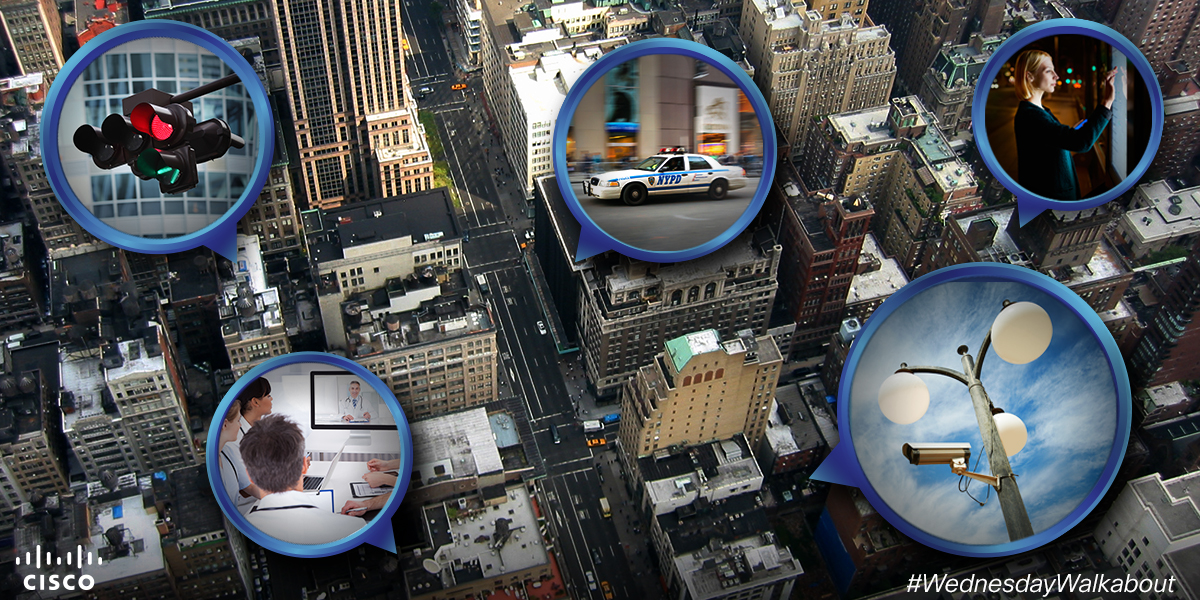Co-authored with Dani Schrakamp
All aboard the digital express
Communities and countries of all sizes are in motion toward a digital future…and if not, they risk being left behind. This then begs the question, what does ‘digitize’ really mean? Certainly, there’s no instruction manual for the task. The roadmap features some identifiable landmarks—flagged by early pioneers—but there is still plenty of unchartered territory. In fact to navigate this rapidly changing landscape, we definitely have our work cut out for us, both in the developed and emerging parts of the world.
We frequently talk about all things becoming connected, but in reality, the majority of the global inhabitants are still faced with little to no Internet access, a disturbing fact when you consider the socio-economic benefits that technology affords. The digital divide is real. Despite the proliferation and rapid advancement of technology, many just are not receiving the benefits of the changes made in ICT.
However, an important tool in shedding light on the digital puzzle is the sharing of success stories and best practices. Sharing of experiences and expertise can open the discussion on how digital government can and should evolve. Using the power of the global community, the ever-increasing propagation of technology can begin to help digital countries develop faster and more efficiently through sharing and learning. And by bringing to light the stories of transformation, large and small, around the globe we hope to offer guidance and leadership to those embarked on the journey or planning a trip soon.
Where in the world is the digital citizen?
So how exactly do you separate fact from fiction and who is just presenting smoke and mirrors? Since the discussions concerning the digital shift began, there have been a number of myths and promises. With the growing numbers of examples to draw from, we are now in a much better position to assess the possible processes of digitization in a more realistic manner. And based on the experiences of the early-adopters, we can begin suggesting the steps that governments can take and/or avoid in planning their digital country strategy.
This week, our digital citizen is a jet setter. Think Carmen Sandiego circa 1990. First stop, the United Kingdom. The country is in its second phase of digitization planning, which includes efforts such as public sector development, accelerated cybersecurity innovation, and public-private initiatives like the British Innovation Gateway (BIG). Strategic investment to accelerate existing government goals for driving economic growth through high-tech innovation is helping the UK to becoming one of the top digitized countries in the world.
A quick trip over to the continent and our citizen is making the next stop in France. Drawing on a dynamic start-up culture, the reform-driven country plans to extract value from its efforts to enhance security, increase productivity, create jobs, and improve citizens’ lives through digitization. The Cisco Networking Academy program plans to open 1,500 additional academies and train upwards of 200,000 students in France, giving the French workforce the skills needed to accelerate the country’s digitization process. Not only is France expected to gain a GDP boost from 1-2 percent, this transformation will contribute to France’s overall global competitiveness by supporting job growth, education, cybersecurity, innovation and entrepreneurial initiatives.
We’re off again and on to India, where Smart City Bangalore is a prime example of a bottom-up digital country strategy, starting at the smart city level. Electronics City, in a newly developed area of Bangalore, is meant to be a model for smart cities, not just in India, but also around the world. Our citizen learns that for this, and for the 90+ other smart cities planned for India under the new government’s plan, its leaders are thinking about better ways to deliver citizen services and foster education initiatives to nurture the next-generation workforce. India is working toward a scalable blueprint on how to continue to be relevant in the rapidly evolving global environment.

And finally, we arrive in Singapore. While visiting, our citizen enjoys ubiquitous Internet connectivity—Singapore’s government has so far connected almost 99 percent of its residents to an ultra-high-speed network. Our citizen also can’t help but notice that Singapore is a bustling, world-class hub for modern business, enabled by the push for high technology adoption and by allowing innovation to flourish. In this year’s Global Information Technology Report, Singapore takes the top rank of the world’s most tech-savvy nations, recognizing the government’s successful promotion of innovative ICT and of providing online services to its citizens.
Well, we’re now approaching 2016, and while we might not have quite ended the traffic jam conundrum, the future of digital transformation in government is here and continues to build momentum. The answer is not a simple one, or a simple fix for technology alone. It is clear that digital transformation, at any level, will not happen overnight. However, it can be said that the future of digital success will rely on high collaboration and best practice sharing. Because amidst all the disruptive change that is due to come our way, governments must recognize they are not necessarily alone. Do’s and don’ts can and should be widely shared to point others on their digital journeys toward success.
Next Stop
Stay tuned for next Wednesday’s post to discover more information about cybersecurity and staying safe online in honor of #CyberAware month. And be sure to check back each week as we explore new themes, challenges and observations.

Additionally, you can click here and register now to get your questions answered on how to become the next digital community.
Finally, we invite you to be a part of the conversation by using the hashtag #WednesdayWalkabout and by following @CiscoGovt on Twitter. For more information and additional examples, visit our Smart+Connected Communities page and our Government page on Cisco.com. Enjoy the Wednesday walkabout!

CONNECT WITH US